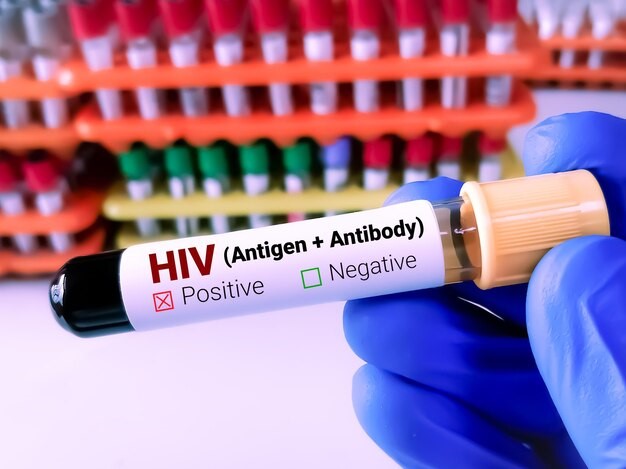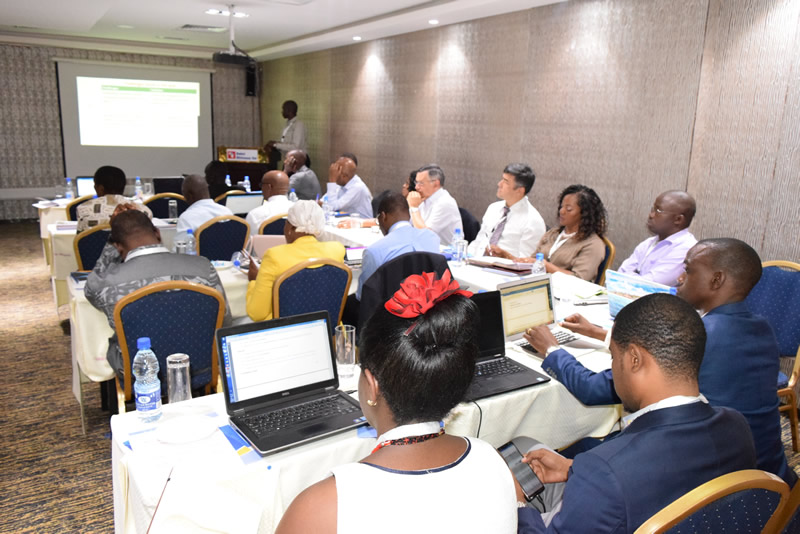- Plot 724/5, Mawanda Road, P.O Box 7484, Kampala Uganda
- +256 393 516266
- mail@anecca.org

Global Fund

Catalyzing Access to Quality HIV Services for Children and Adolescents: ANECCA’s Impact (2015-2019)
From 2015 to 2019, ANECCA served as the Principal Recipient of a Global Fund regional grant amounting to USD 3,865,587. This grant aimed to improve access to quality HIV services for children and adolescents in seven countries: Burundi, Ethiopia, Malawi, Nigeria, Tanzania, South Sudan, and Uganda. The program’s performance was consistently rated A1 by the Global Fund over the three years, a testament to its effectiveness.
The project addressed several gaps in pediatric and adolescent HIV care, leading to important improvements in healthcare delivery and outcomes across the seven countries.
Key activities and achievements included:

1. Policy and Guideline Review for Pediatric and Adolescent HIV Care
ANECCA conducted policy and guideline reviews in the seven target countries to align national HIV management with the 2016 WHO recommendations.
The review focused on two key outcomes:
Revision of Health Information Management System (HIMS) Data Tools: The data collection tools were revised to allow for the segregation of adolescent and pediatric HIV data.
This revision was crucial for enhancing performance monitoring and program planning specific to these age groups, Lowering Age of Consent for HIV Testing: In line with WHO guidelines, policies were adjusted to lower the age of consent for HIV testing among adolescents, increasing their access to necessary care and services.

2. Training Needs Assessment and Capacity Building
Anecca conducted training needs assessments for pediatric and adolescent HIV care across the seven countries. This led to: Training of Trainers (ToT): ANECCA trained 30 regional trainers, who in turn conducted in-country training for 221 trainers per country. These trainers were instrumental in building capacity and disseminating critical knowledge and skills needed to improve pediatric and adolescent HIV care.
In Malawi , the impact of these training programs was particularly noteworthy. In three district hospitals in northern Malawi, ART adherence rates among children and adolescents increased from 56% to 90% over six months, demonstrating the effectiveness of the capacity-building efforts.

3. Improved Data for Monitoring and Programming
The revision of HIMS data tools allowed for better age-disaggregated data, enabling more precise monitoring of pediatric and adolescent HIV care.
This data-driven approach supported the implementation of targeted interventions, leading to improved health outcomes for children and adolescents living with HIV.
